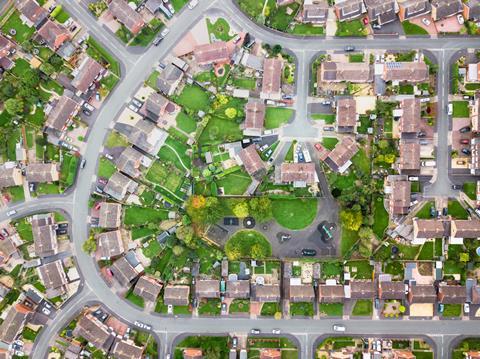Proposed tightening of Part L building regulations ahead of Future Homes Standard
The government has launched a consultation of energy regulations to improve the efficiency of new homes from 2020.
The plan sets out the government’s plans for the Future Homes Standard. This will require new build homes to be future-proofed with low carbon heating and high levels of energy efficiency and will be introduced by 2025.

The Future Homes Standard will be introduced in two phases with the first phase taking effect from next year.
The first phase proposes several changes including a 31% reduction in carbon emissions compared to current standards.
The changes will be implemented through Parts L (energy) and F (ventilation) of the building regulations. Consultations on Parts L and F have also just been published.
The proposed changes include:
- Two carbon reduction options. A 20% reduction in carbon emission compared to current standards which the government says could be achieved with better building fabric standards or a 31% carbon emissions reduction which could be achieved with fabric improvements, the use of low carbon heating technologies and PV panels. The government favours the latter option.
- Tightening up of the transitional arrangements from old standards to the proposed new version. Currently housebuilders can build homes to the standard in force when they first started work on a development even if new standards are introduced before the development is finished. The consultation proposes all new homes must meet the new standards when introduced.
- Local planners will no longer be able to demand higher energy efficiency standards than those set out in Part L. This could have implications for local energy reduction targets including the London Plan which requires 35% lower carbon emissions than Part L for new homes on major schemes.
The current which is open until 10 January 2020, also covers the wider impacts of Part L for new homes, including changes ventilation, associated Approved Document guidance, airtightness and improving as-built performance of homes.
The consultation is also seeking views on how councils could assist in attaining the best energy standards from developers.
The proposals represent the first significant tightening up of energy efficiency standards for homes since Part L took effect in 2013.
The previous Labour administration had set out a trajectory for all new homes to be zero carbon homes from 2016 but this ambition was dropped by the Cameron government which committed to not increasing costs for housebuilders during his first term. This meant the carbon reductions in 2016 Part L were very minor.
The Future Homes Standard is a major part of the goverment’s plan for hitting the UK’s legally-binding net zero emissions target by 2050.



























No comments yet